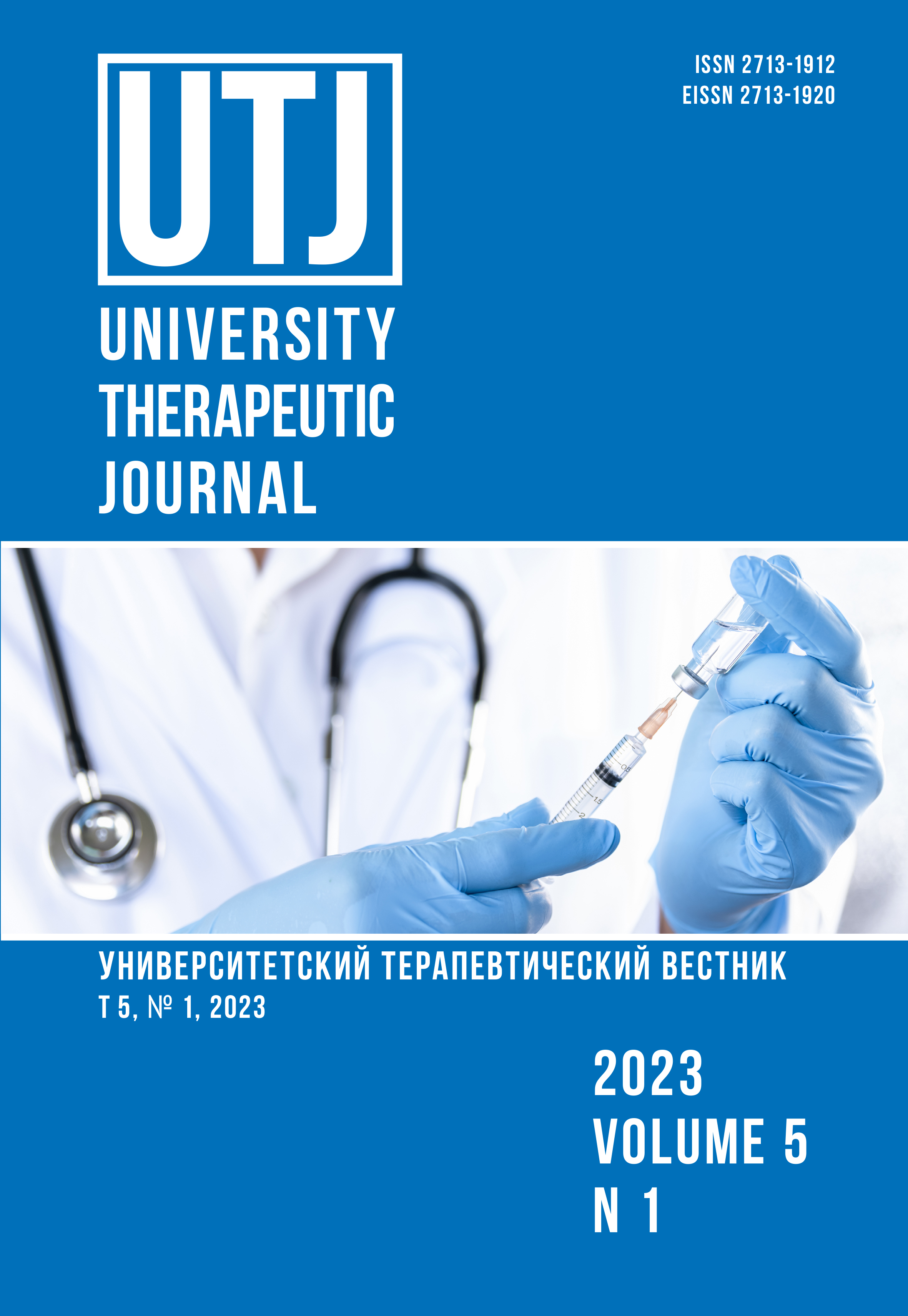CLOSTRIDIUM DIFFICILE INFECTION: CURRENT APPROACHES TO DIAGNOSIS AND TREATMENT
Abstract
The goal of this article is to update physicians on current scientific knowledge of Clostridium difficile infection, including new approaches to antibiotics treatment, immunotherapy and on fecal microbiota transplantation. The frequency and severity of CDI has steadily increased since the beginning of the XXI century, and CDI is currently one of the most common nosocomial infections. More than half of CDI cases are caused by epidemic hypervirulent strains. The disease is transmitted by contact from an infected patient. Major risk factors for CDI include age over 65, hospitalization, and antibiotic treatment. The pathogenesis is due to the production of entero - and cytotoxins by the microorganism. The degree of diarrhea in CDI varies. Asymptomatic carriage and mild diarrhea are common. Pseudomembranous colitis is the severe life - threatening variant of the course of the disease. Determination of glutamate dehydrogenase and Clostridium difficile toxins in feces by enzyme immunoassay is most often used to confirm the diagnosis of CDI. Molecular genetics and direct bacteriological methods are used less frequently. The diagnosis of CDI cannot be confirmed based on a single test. It is based on positive results from at least two different tests. The preparations of choice in treatment are vancomycin, fidaxomicin, and metronidazole. Probiotics, toxin B-inactivating monoclonal antibodies (bezlotoxumab), and FMT are considered as additional agents to reduce the risk of recurrence of CDI.


